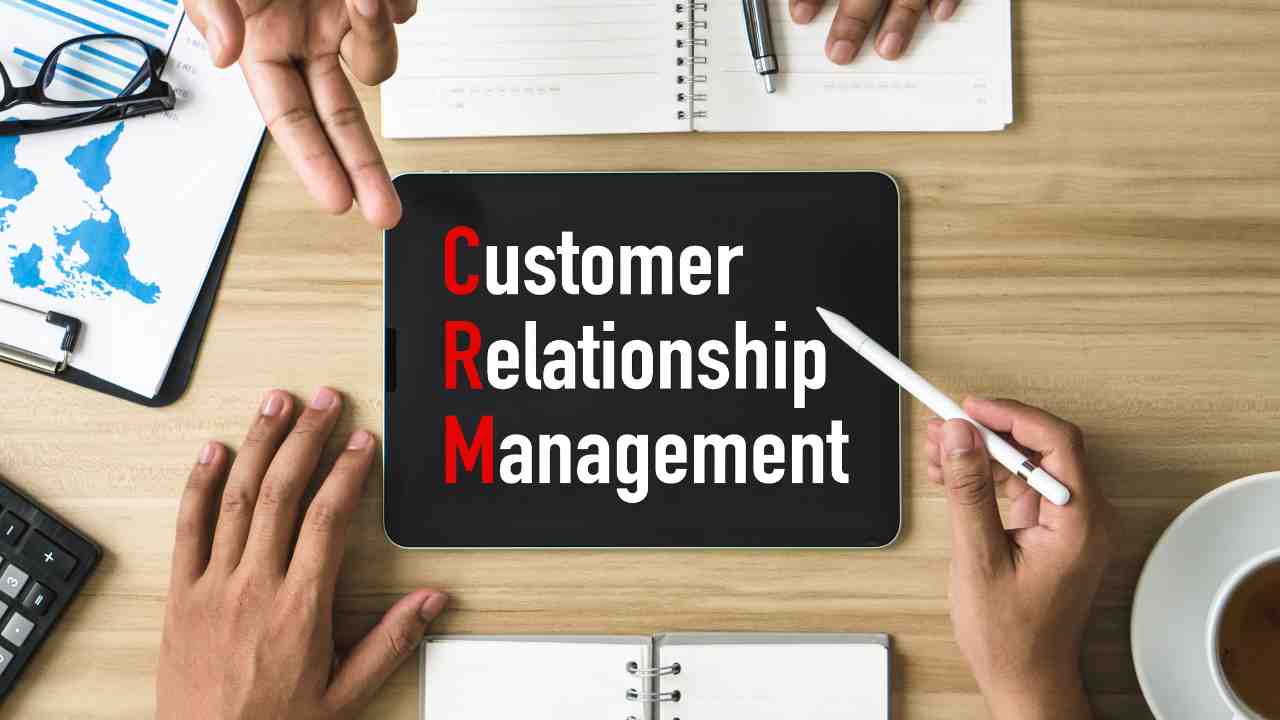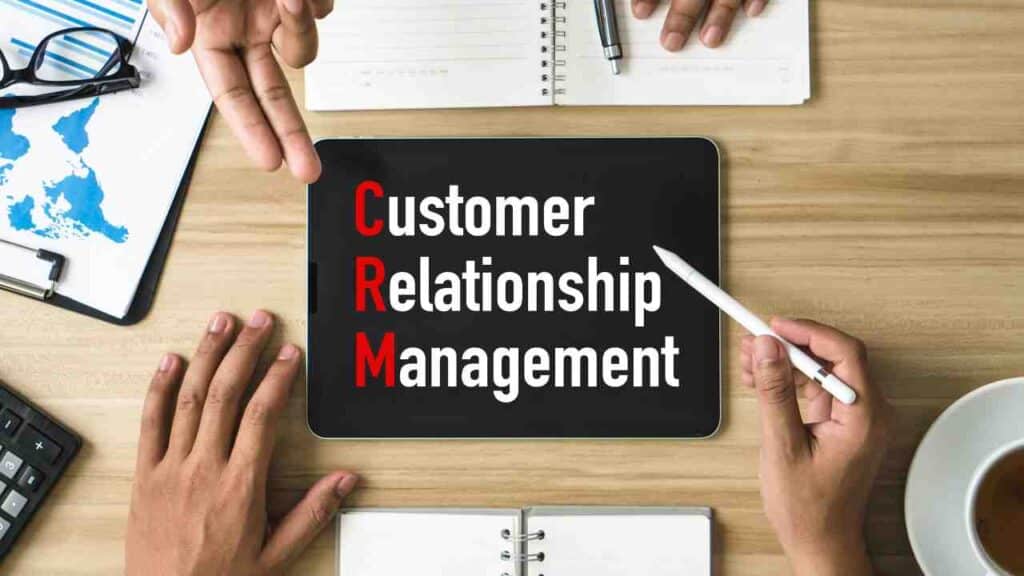Benefits of Adopting Customer Centric Strategy With CRM

In today’s highly competitive business landscape, companies are constantly seeking ways to gain a competitive edge and improve their bottom line. One strategy that has proven to be highly effective is adopting a customer-centric approach with the help of Customer Relationship Management (CRM) software. By putting the customer at the center of their operations, businesses can enhance customer satisfaction, increase customer loyalty, and drive revenue growth. In this article, we will explore the numerous benefits of adopting a customer-centric strategy with CRM and how it can transform businesses.
1. Improved Customer Satisfaction
One of the primary benefits of adopting a customer-centric strategy with CRM is improved customer satisfaction. By utilizing CRM software, businesses can gain a comprehensive view of their customers, including their preferences, purchase history, and interactions with the company. This valuable information allows businesses to personalize their interactions with customers, anticipate their needs, and provide tailored solutions. As a result, customers feel valued and understood, leading to higher levels of satisfaction.
For example, a study conducted by Salesforce found that 70% of customers feel that a company’s understanding of their individual needs influences their loyalty. By leveraging CRM software, businesses can gather and analyze customer data to gain insights into their preferences and behaviors. Armed with this knowledge, companies can deliver personalized experiences that meet and exceed customer expectations, ultimately leading to higher levels of satisfaction.
2. Increased Customer Loyalty
Adopting a customer-centric strategy with CRM can also significantly increase customer loyalty. By building strong relationships with customers and consistently delivering exceptional experiences, businesses can foster loyalty and turn customers into brand advocates. CRM software plays a crucial role in this process by enabling businesses to track and manage customer interactions, ensuring that no opportunity for engagement is missed.
For instance, a case study conducted by Microsoft highlights how a leading telecommunications company used CRM software to improve customer loyalty. By implementing a customer-centric strategy, the company was able to identify and address pain points in their customer journey, resulting in a 15% increase in customer retention. The CRM software allowed them to track customer interactions, identify areas for improvement, and proactively address customer concerns, ultimately leading to increased loyalty.
3. Enhanced Sales and Revenue Growth
Another significant benefit of adopting a customer-centric strategy with CRM is enhanced sales and revenue growth. By understanding their customers’ needs and preferences, businesses can tailor their sales and marketing efforts to effectively target and engage their audience. CRM software provides valuable insights into customer behavior, allowing businesses to identify cross-selling and upselling opportunities, as well as optimize their sales processes.
For example, a study conducted by Nucleus Research found that companies that adopt CRM software experience an average increase in sales productivity by 15%. By streamlining sales processes, automating repetitive tasks, and providing sales teams with real-time customer data, CRM software enables businesses to focus on building relationships and closing deals. This increased efficiency and effectiveness in sales ultimately leads to revenue growth.
4. Improved Customer Retention
Customer retention is a critical factor for long-term business success, and adopting a customer-centric strategy with CRM can significantly improve customer retention rates. By leveraging CRM software, businesses can proactively identify and address customer concerns, provide timely support, and offer personalized solutions. This level of attentiveness and care builds trust and loyalty, reducing customer churn.
For instance, a case study conducted by Zoho CRM highlights how a leading e-commerce company improved customer retention by implementing a customer-centric strategy. By utilizing CRM software to track customer interactions and preferences, the company was able to identify patterns and proactively address potential issues. This resulted in a 20% reduction in customer churn and a significant increase in customer lifetime value.
5. Streamlined Communication and Collaboration
CRM software not only improves customer interactions but also streamlines internal communication and collaboration within businesses. By centralizing customer data and making it accessible to all relevant teams, CRM software ensures that everyone is on the same page and has a holistic view of the customer. This eliminates silos and enables teams to collaborate effectively, resulting in improved efficiency and productivity.
For example, a case study conducted by HubSpot highlights how a software company improved internal communication and collaboration by implementing CRM software. By providing a centralized platform for sales, marketing, and customer support teams, the company was able to streamline communication, share valuable customer insights, and align their efforts. This resulted in improved efficiency, reduced duplication of work, and ultimately, better customer experiences.
Get Your FREE 14-Day Trial and Take Your Business To The Next Level with an All-In-One Sales and Marketing Platform for businesses, agencies and marketers.
Adopting a customer-centric strategy with CRM offers numerous benefits for businesses. By putting the customer at the center of their operations, businesses can improve customer satisfaction, increase customer loyalty, drive revenue growth, enhance customer retention, and streamline internal communication and collaboration. CRM software provides valuable insights into customer preferences and behaviors, enabling businesses to deliver personalized experiences and build strong relationships. With the help of CRM software, businesses can transform their operations and achieve long-term success in today’s competitive market.
Discover the power of a customer-centric strategy with CRM by leveraging SaasExpert.ca – Your All-In-One Sales and Marketing Platform for small businesses, agency owners, and marketers.
Learn more about “Implementing a Client Centric Method with CRM” right here.
Frequently asked questions about Benefits of Adopting Customer Centric Strategy With CRM.

1. What Does a Customer-Centric Strategy Mean in the Context of CRM? 🤔
A customer-centric strategy is all about putting your customers at the heart of your business operations. In the context of Customer Relationship Management (CRM), this means not just tracking transactions or sending automated emails but truly understanding your customers’ needs, preferences, and pain points. 🌟 Your CRM system should help you gather insights, automate routine tasks, and provide personalized service or products that make your customers feel valued. A happy customer is a loyal customer, right? 😃
How Does a Customer-Centric Strategy Improve Customer Retention? 🔄
The power of customer retention cannot be underestimated. Did you know it costs five times more to acquire a new customer than to retain an existing one? 😲 With a customer-centric strategy integrated into your CRM, you can track individual customer behaviors, preferences, and history. This data allows you to customize your interactions, create targeted marketing campaigns, and provide solutions that matter to the customer. This tailored experience makes your customers feel seen and heard, improving their loyalty and willingness to stick around. 🎯
What Are the Revenue Benefits of Adopting a Customer-Centric Strategy with CRM? 💰
Ah, the bottom line, right? A customer-centric approach doesn’t just make your customers happy—it also positively impacts your revenue streams. 📈 The analytics provided by your CRM can help you identify upsell and cross-sell opportunities, segment your customers for targeted marketing, and prioritize high-value accounts. Plus, happy customers are more likely to become brand ambassadors, providing priceless word-of-mouth advertising. Ka-ching! 🎉
Can a Customer-Centric CRM Strategy Help in Reducing Operational Costs? ✂️
Absolutely, yes! Efficiency is the name of the game when it comes to operational costs. 🕹️ A CRM system armed with a customer-centric strategy can automate a lot of repetitive tasks like data entry, follow-ups, and basic customer service queries. This frees up your team’s time to focus on more complex and revenue-generating tasks. Also, understanding your customer’s needs means fewer product returns, fewer customer complaints, and less time spent fixing mistakes. The savings can be substantial over time! 🌟
How Do I Implement a Customer-Centric Strategy in My Existing CRM? 🛠️
Great question! Start by assessing your existing CRM capabilities and data quality. Are you collecting the right kind of information about your customers? 📊 Next, re-train your team to prioritize customer needs and to use the CRM tools to gain customer insights. Implement features like customer segmentation, personalized communication, and predictive analytics. Also, remember to continually measure and adjust your strategies. It’s an ongoing process but the benefits are huge! 📈
Hope this clears the air on how adopting a customer-centric strategy in your CRM system can be a total game-changer! 🌟 Feel free to reach out with more questions. Happy CRM-ing! 🎉
- Benefits of Adopting Customer Centric Strategy With CRM
- crm
- customer relationship management
- What is CRM Software?







